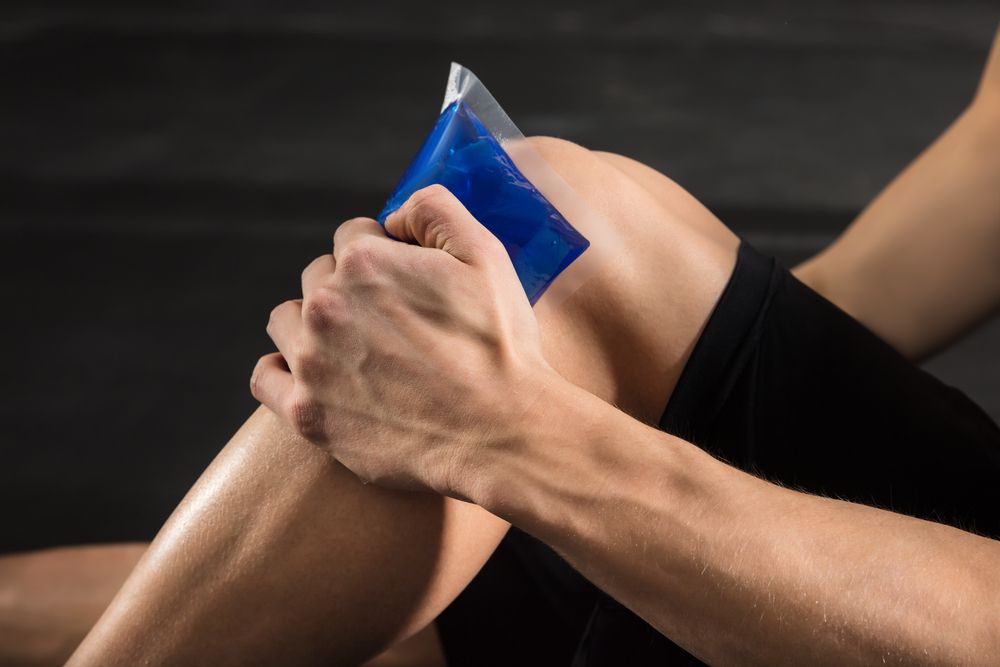Contents:
- Medical Video: Heat Vs. Cold (Ice) Pack? Avoid This Common Mistake. Infrared Heat?
- Ice compresses can reduce swelling
- The most common mistake people make when ice packs
- 1. Compressing too long
- 2. Apply ice directly to the skin
- 3. Forcing activities when compressed
- 4. Do not immediately seek medical help
Medical Video: Heat Vs. Cold (Ice) Pack? Avoid This Common Mistake. Infrared Heat?
Many people immediately use cold compresses to treat sprained or sprained feet after exercise or a swollen forehead due to cruelty door. Unfortunately, not a few people still make a few mistakes when using ice compresses to deal with swelling or other injuries. Instead of healing, it can actually worsen your condition. So, what are the most common mistakes when using cold compresses to deal with injuries? See the following review.
Ice compresses can reduce swelling
Cold compresses are commonly used to relieve pain and deflate bruises and new swelling arises 24-48 hours after the injury. Cold compresses aim to reduce inflammation, reduce bleeding into the tissues, and reduce muscle spasms and pain.
As soon as the injury occurs, the area of the injury will experience inflammation and damage to the vessels that cause blood cells to leak out. That's why your skin can look bluish red to dark purple some time after an injury has occurred.
Well, low temperatures of ice packs can stimulate narrowed blood vessels to slow blood flow to the site of injury. This decrease in blood flow causes reduced inflammatory stimulants that move towards the area of injury so that it can reduce swelling and pain.
In the world of first aid, the use of cold compresses is part of the RICE method, namely:
- Rest, resting the injured part.
- Ice, do ice packs on the injured part.
- Ccompression, using elastic pads to reduce tissue swelling and further bleeding.
- Elevation, raising the part of the injured from the position of the heart so that blood flow can run smoothly.
Because it is an important part of first aid when injured, that's why it's important to know how to use ice packs properly and correctly.
The most common mistake people make when ice packs
Here are 4 of the most common mistakes when using ice compresses:
1. Compressing too long
Too long to compress the skin with ice can make your condition even worse. This is because exposure to cold temperatures for a long time can actually turn off the tissue which makes the recovery process more delayed.
You may compress cold areas of injury at least 3 times a day. However, you are only recommended compress 10-15 minutes every time. If you want to repeat, give a 10-30 minute pause between compressing so that the injured area can still get enough blood flow.
2. Apply ice directly to the skin
This is the most common mistake that many people often make. Instead of wanting to get well soon, applying ice directly to the injured skin can cause frostbite and damage to the tissue and nervous system that is on your skin.
To prevent this from happening, first wrap the ice cubes with a thin washcloth before placing them on the skin. You can also soak a towel in a basin of cold water and ice cubes, squeeze it before putting it on the skin.
3. Forcing activities when compressed
Compressing injured parts of the body is limited to first aid measures, not really healing or treating.
In order to recover quickly, you must rest the injured body part. Do not first be too heavy during this healing period even though the injury has been deflated after being compressed. It's a good idea to rest the injured part for at least 24 hours until your condition really improves.
Forcing continued physical activity prolongs the healing process of injury.
4. Do not immediately seek medical help
Because it is a first aid, it is important that you seek medical help after an injury. Especially if you experience a serious injury due to sports or accidents. This is done as an effort to prevent the occurrence of complications after injury.
So, after handling with an ice pack, you should seek medical help from a doctor, hospital, or nearest health service to get further treatment.












